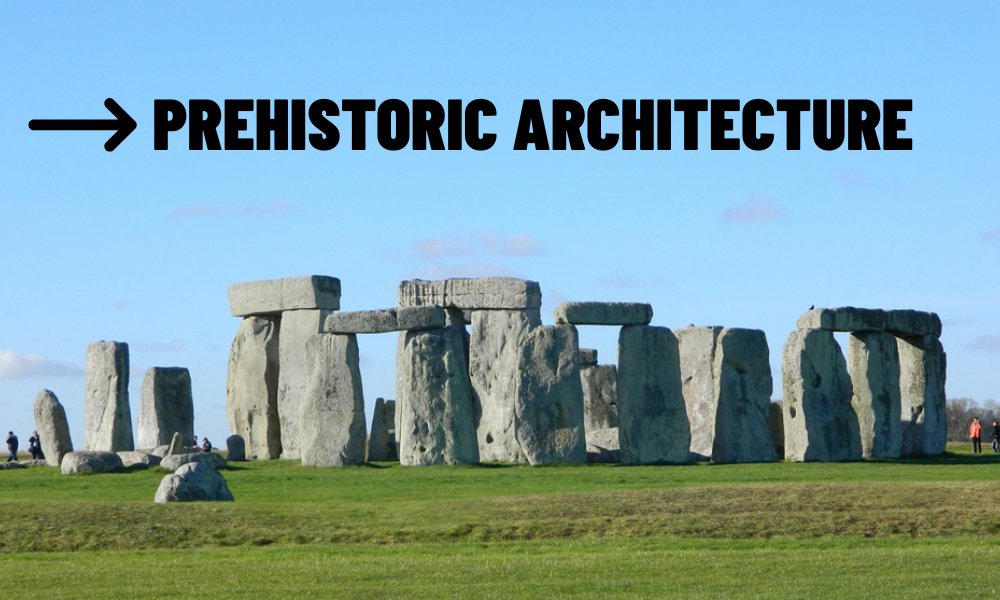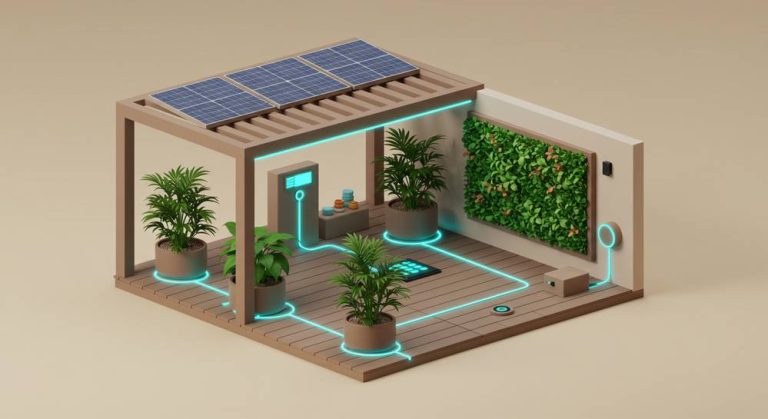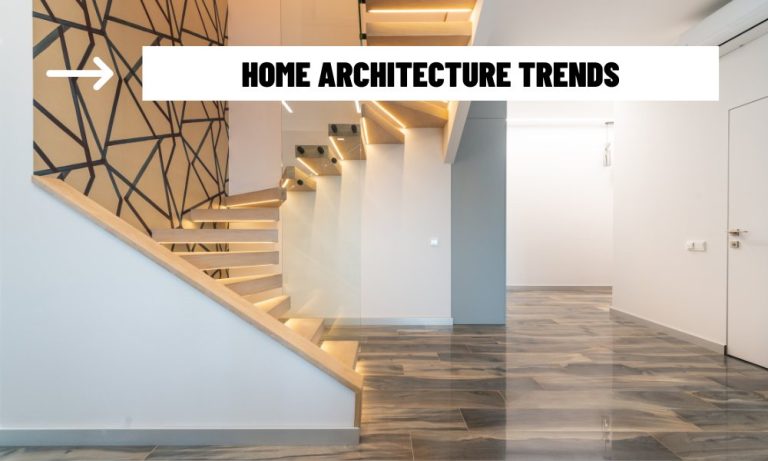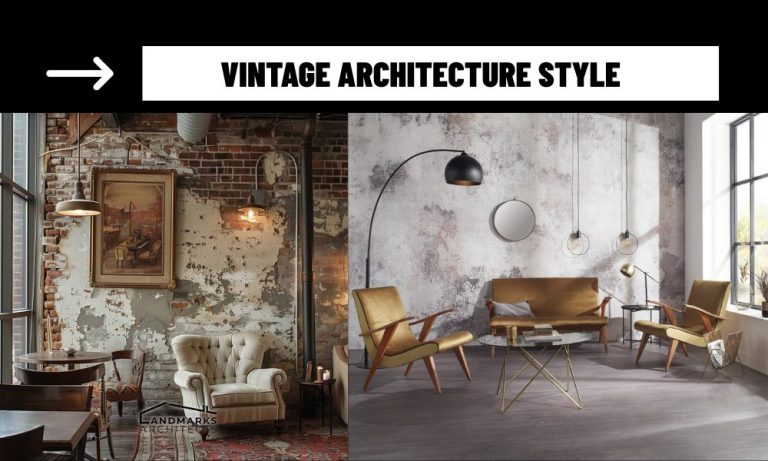Prehistoric architecture laid the foundation for human shelter, emphasizing functionality, sustainability, and a connection to the environment. These same values continue to resonate in smart homes today, where advanced technology merges seamlessly with nature and human needs. By exploring the evolution from primitive structures to intelligent living spaces, we can better appreciate how far we’ve come in our quest for better living.
Long before the concept of smart homes and high-tech living, early humans were already shaping their environments to suit their basic needs. Prehistoric architecture is more than just rudimentary shelters — it represents the beginning of human innovation in response to nature’s challenges. Surprisingly, many of the principles that guided ancient dwellings still influence the design of modern, tech-driven homes today.
1. The Birth of Shelter: A Foundation for Smart Living
When we think of prehistoric architecture, images of caves and simple huts often come to mind. But these early dwellings were more sophisticated than we may initially think. Early humans adapted their surroundings to create shelters that provided warmth, protection, and a sense of community. Much like today’s smart homes, these spaces were designed to respond to their environment — staying warm in winter and cool in summer, thanks to clever use of natural materials and positioning.
This early focus on adapting to the environment forms the basis for modern sustainable architecture. Today, smart homes are designed to automatically adjust the temperature, lighting, and even humidity levels to optimize comfort, energy efficiency, and overall well-being.
2. Materials and Design: A Legacy of Sustainability
What makes prehistoric architecture truly remarkable is its reliance on local materials that were both accessible and in harmony with the natural world. Early humans used stone, wood, animal hides, and clay, creating structures that were not only functional but sustainable. These materials kept homes insulated and grounded in their environment, whether nestled in caves or built as thatched-roof huts.
Modern smart homes share a similar principle of using eco-friendly, sustainable materials. Today’s architects are increasingly incorporating materials like bamboo, reclaimed wood, and natural stone into their designs, alongside energy-efficient technologies like solar panels and smart thermostats. While the methods and materials have evolved, the fundamental principle of environmental harmony remains unchanged, bridging the gap between past and future.

3. Space, Function, and Community: An Early Connection
In prehistoric architecture, space was carefully crafted to meet the needs of the people. Homes were designed to foster community, whether through communal hearths or central meeting areas within larger living spaces. These structures were about more than just survival — they represented a collective way of life, bringing people together for socialization and cooperation.
Today, smart homes continue this tradition of creating spaces that encourage connection, but they go a step further by integrating technology to enhance interaction. From home automation systems that adjust lighting to enhance moods, to family hubs that allow remote control over appliances and communication, modern homes are built to nurture both individual well-being and collective harmony.
The shift from physical interaction to digital connectivity mirrors the evolution from primitive living to smart, adaptive environments that prioritize both privacy and social engagement.
4. Evolving Needs: From Basic Shelter to Smart Ecosystem
What is truly fascinating is how the needs of early humans — shelter, warmth, safety, and social connection — continue to influence smart home design. Today’s homes are far more technologically advanced, but the underlying needs remain the same. Smart homes take into account not only the physical needs of the inhabitants but also their emotional and social needs through AI-driven features like ambient lighting, entertainment systems, and even wellness-focused tech that tracks sleep patterns, exercise, and air quality.
In a way, the prehistoric architecture of caves and huts set the stage for modern systems that adapt to the individual’s needs. Whether it’s through a smart heating system that adjusts based on your presence or a lighting system that mimics natural light to promote healthier sleep patterns, both past and present serve the same purpose: ensuring comfort, safety, and a better quality of life.
Where the Past Meets the Future
The future of smart homes will likely continue to be shaped by this intersection of ancient wisdom and modern technology. As we become more conscious of environmental impact and the need for sustainable living, prehistoric architecture offers important lessons on how to harmonize human life with nature. In the coming years, we may see a resurgence of homes that prioritize eco-conscious design and natural elements, but enhanced with modern technology like AI and IoT.
There may even be a return to earth-integrated, biophilic designs, where homes blend into the landscape, just as early humans did. The notion of living in harmony with the earth — something that prehistoric humans knew intuitively — will continue to inspire the future of smart home design.
While prehistoric architecture may seem worlds apart from today’s sleek smart homes, the connection is undeniable. From basic survival to sophisticated technology, the journey of human shelter has been one of constant innovation, guided by the same core principles: sustainability, functionality, and connection to the environment. As we look to the future, we can learn much from our ancestors, ensuring that our homes are not only smart but also in balance with the world around us.
















